PART. 2
Minds at work
Disputes over whether Neanderthals were capable of symbolic thinking turn on a smattering of discoveries spanning more than 200,000 years.

300,000 ya - First appearance of Neanderthals in Europe Neanderthals are thought to have originated in western Eurasia and migrated into Europe some time after 300,000 years ago. NATURAL HISTORY MUSEUM/MARY EVANS
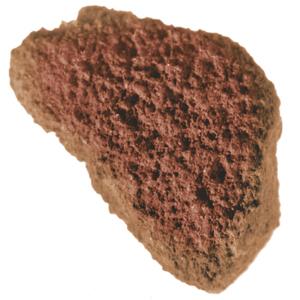
250,000 ya - Ochre use - Not not long after Neanderthals appeared in Europe, they were using ochre. The pigment can serve for decoration, but it also has practical uses.
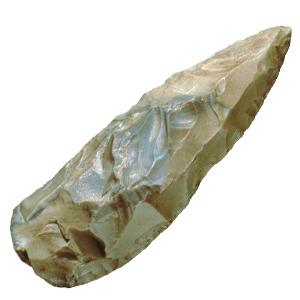
120,000 ya - Sophisticated hafting of spear points - By heating birch sap while protecting it from the air, Neanderthals made a glue for attaching stone flakes and points to spear handles. NATURAL HISTORY MUSEUM/MARY EVANS
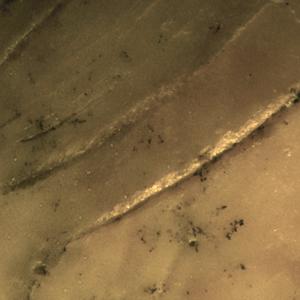
60,000 ya - Possible Neanderthal feather use - Cut marks on wing bones suggest that Neanderthals may have used feathers from crows and raptors as ornaments. FINLAYSON, C. ET AL. PLOS ONE 7, E45927 (2012)
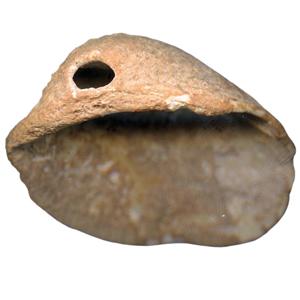
50,000 ya - Shell beads from Spain - Neanderthals seem to have worn pendants of coloured shells before the arrival of modern humans in Europe.
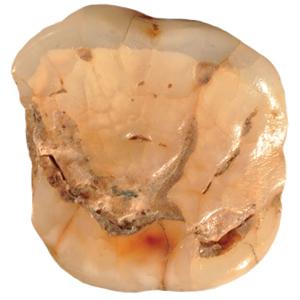
45,000–43,000 ya - Modern humans appear in Europe - Teeth found in the Grotta del Cavallo in Italy mark the arrival of modern humans there as early as 45,000 years ago. By 43,000 years ago, modern humans had reached Britain, a jawbone from Kents Cavern suggests. BENAZZI, S. ET AL. NATURE 479, 525–528 (2011)
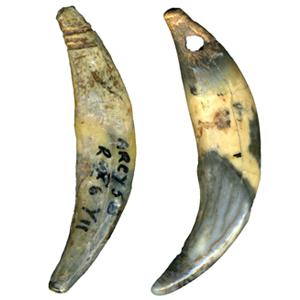
45,000–40,000 ya - Animal tooth pendants from Grotte du Renne, France - The teeth of foxes and marmots found in Grotte du Renne were grooved or pierced so that they could be worn as pendants. Many archaeologists believe that Neanderthals made them, but arguments continue about whether the ornaments reflect the influence of modern humans.